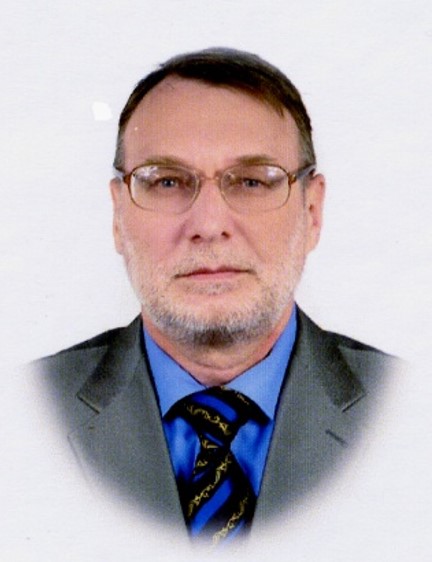The article studies eschatological myths of the indigenous peoples of the Amur-Sakhalin region, such as those about several suns disrupting the usual life, an archer destroying extra luminaries, and a change in the structure of the universe. A hypothesis was put forward about the influence of a world catastrophe on the genesis of ideas about afterlife. The old world was found to be hostile and incomprehensible, so there was a need to understand and master it once again, requiring knowledge about the new structure of the world and the nature and functions of the supernatural forces that govern it. Cultural heroes played a role in the creation of the world in all its layers, including the underworld, otherworld, and afterlife. The analysis of the genesis and main stages of development of ideas about the afterlife in the culture of Amur-Sakhalin ethnic groups allows us to identify functions that these ideas perform. It also helps to understand the connection between the mythological worldview and beliefs about the journey of the soul after death. It is concluded that mythological ideas are influenced by specific natural, historical, social, and ethno-cultural circumstances. Myths about the afterlife, the beyond, and the postmortem existence of the soul are an important component of the ethnic picture of the world.
Key words: indigenous peoples of the Amur-Sakhalin region, eschatological myths, emergence of ideas about the afterlife
DOI: 10.22250/2072-8662-2024-3-79-86
About the author
 |
Sergey V. Bereznitsky – Advanced Doctor of Historical Sciences, Chief researcher of the Department of Ethnography of Siberia, Peter the Great Museum of Anthropology and Ethnography (Kunstkamera) RAS; 3 Universitetskaya embankment, St. Petersburg 199034, Russia; This email address is being protected from spambots. You need JavaScript enabled to view it. |






